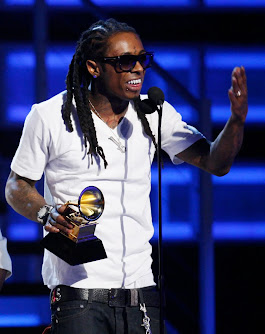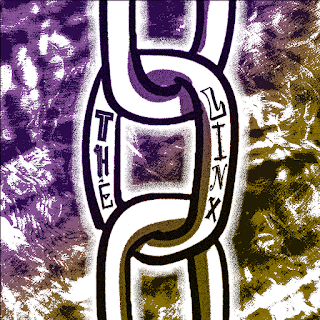I think it’s fair to say that there’s very few singular superstars in hip-hop music that have had as many stylistic incarnations as Lil Wayne. Most artists make these Frankenstein versions of themselves, stitching new styles upon older styles and creating new life. For Wayne, we’ve seen drastic mutations that all but abandon what’s come before, like an alien insect’s metamorphosis. From his being nurtured in the Hot Boyz, to learning from his contemporaries on the East Coast, he honed distinct styles; mastered delivery, mic presence, and effortlessly constructed flows and lurid metaphors. Then, after emerging victorious from a tsunami of leaks and accumulating a laundry list of commercial and critical accolades from Tha Carter III, Lil Wayne was left in a turbulent place. From ‘07 to his eventual incarceration in 2010 he had battled legal issues, and his third Dedication mixtape was really more of a Young Money compilation tape than a Lil Wayne mixtape. At that point in time Wayne seemed to be trading his “Best Rapper Alive” hat in favor of his “Young Money General” hat. In hindsight, listening to a Young Money song was like watching Dragonball Z; the side characters were there to stall in time so the main characters could save them, and by extension us. Gudda Gudda was a rap Yamcha, but it was exciting to see someone in their grocery bag at the time. YMCMB was in this weird space where they were hipster rappers for relatively normal people. Other collectives around that time had rigid, defined aesthetics but Young Money wasn’t as skater oriented and rebellious as OFWGKTA, or as gritty and stylized as an A$AP Mob. They weren’t region specific, and unlike say, MMG, they had a look the average person could emulate. YMCMB was perfect for the average kid. You could hear it in the music. Drake’s So Far Gone was relatable, vulnerable, and tugged on teenage heartstrings and Nicki Minaj had rightfully assumed the title of Queen of Hip Hop with Beam Me Up Scotty earlier in 2009. YMCMB had already started to impact music in huge ways, despite their top heavy roster. And so, amid leaks earlier that month, on Halloween of all days, a new Weezy emerged from his UFO not just stylistically, but aesthetically. No Ceilings was the harbinger of his newest change.
My favorite performance is “Run This Town”, which puts the original to shame aside from the amazing Kanye feature. From letter wordplay to open the song to couplets like “You softer than ny-lin; oops, I meant "nylon"/Perfection is the goal, and I’m headed to the pylon/Crown fit me good, I ain’t even got to try on/The pistol mean business—that bitch should have a tie on”. There’s a sense of urgency that builds up and explodes by the end of the track. “Run This Town” is also true to the Young Money General’s story at the time with a long shout out of the entire YM roster. Even while having fun and coloring outside the lines, Wayne is doing his best to set his army up for success in the wake of his exile, and in some ways acknowledging his own journey there. The song ends with an almost retrospective view and a few ideas going forward. “I’m the prodigy—do you roger me?/I look in the flames and see a hotter me/But how come I’m still colder than common-ly?/Yeah, we run this town, like a lot of feet/Young Mula, baby; I'm proud of me.” The goal of YM’s success and the prospect of prison hang over his head for the beginning of the remixed smash Waka Flocka Flame hit “O Let’s Do It,” but by the end it seems like he’s talking to himself about the latter: “Weezy F, the "F" is for "Fuck what you’re going through"/Make your people mourn you.” It seems that in giving the people a new Weezy fully committed to a new style, they can mourn an old version or love the music and mourn his absence as he does his bid. Either way, the old Wayne was gone, and he knew it before even we did.
























